Mount Fuji is one of Japan’s most well-known peaks. People have called it “The Goddess of Snow” because it looks so pretty.
There are many places in Japan where you can see Mount Fuji if you want to. You can see it from Tokyo, but you can also see it from other places.
A trip to Japan wouldn’t be complete without at least catching a glimpse of the tallest mountain there. Mount Fuji is the national symbol of Japan.
The snow-covered volcano cone has been immortalized in many works of art and has become sacred and almost mythical in Japanese culture. It’s also one of the most popular tourist spots in Japan and on the bucket lists of many people.
Every year, thousands of tourists climb Mount Fuji, and many more pay their respects at the shrines near its base. During the summer, there are many tour companies that take people to and from the mountain lodges, and there are also many private guides who lead small groups of hikers up and down the winding trails.
In an effort to stop the spread of the coronavirus, many of these activities had to be put on hold this year. Not only will it be impossible to climb Mount Fuji in 2020, but many of the huts and other facilities on the mountain will also be closed.
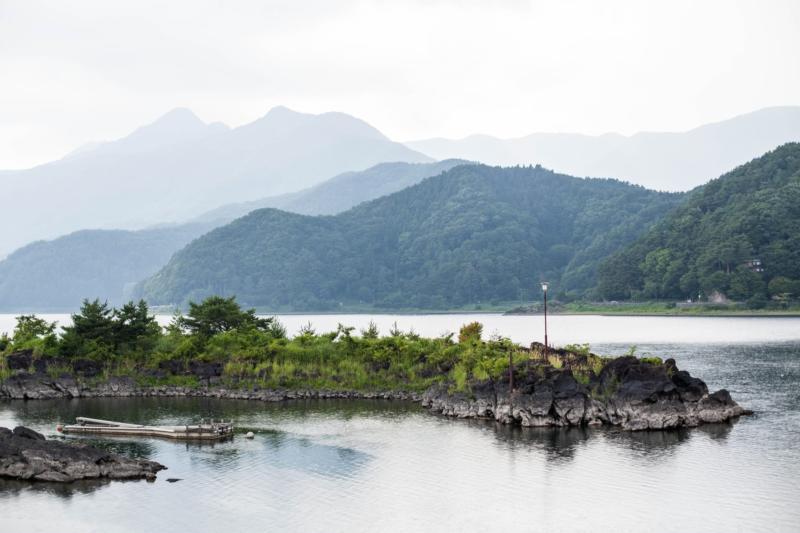
But you don’t have to hike to the top of the mountain to enjoy its natural beauty or take a good picture of it. There are actually many ways to see Mount Fuji without leaving the city of Tokyo.
On a clear day, it’s easy to see the mountain from Tokyo, though some places are better than others.
Mount Fuji can be seen clearly from places in Tokyo like the SkyTree Observation Deck and the Haneda Airport International Passenger Terminal.
Here are our top 5 spots in the city to see Mount Fuji:
1. The SkyTree Observation Deck
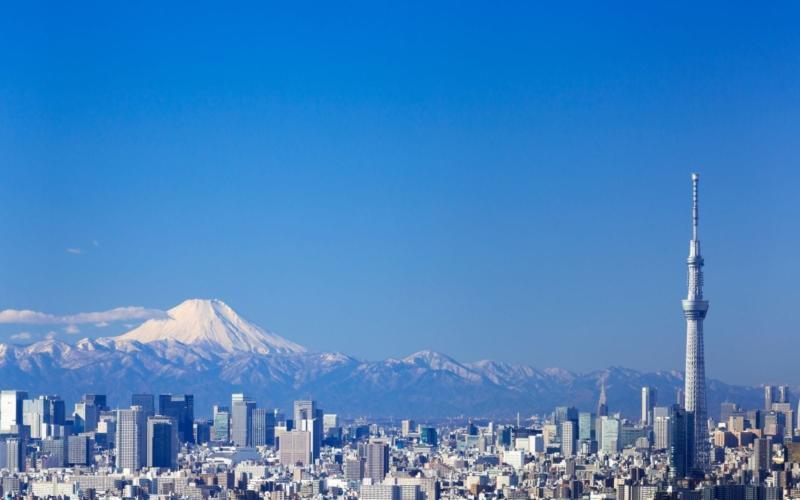
Mount Fuji is on the island of Honshu, which is west of Tokyo. Its peak is easy to see from the Tokyo SkyTree, which is the tallest building in Japan. The Tokyo Skytree is one of the newest additions to the skyline of the capital.
It stands 634 meters above the ground and gives amazing views of the whole Kanto region. On a warm spring or summer day, you can see the mountain clearly from the building’s observation deck. This is because there are no other towers in the way.
From the city center, it’s easy to get to the Tokyo SkyTree. Just take the Tobu Skytree Line from Asakusa and get off at the Tokyo SkyTree Station. You will be dropped off right at the base of the tower complex, which is also the entrance to the Tokyo Solamachi shopping center.
The entrance to Tokyo Skytree Town and the ticket booths are on the 4th floor. Prices start at 1,550 for the observation deck on floor 350 and go up to 3,100 for the top deck on floor 450.
2. Roppongi Hills
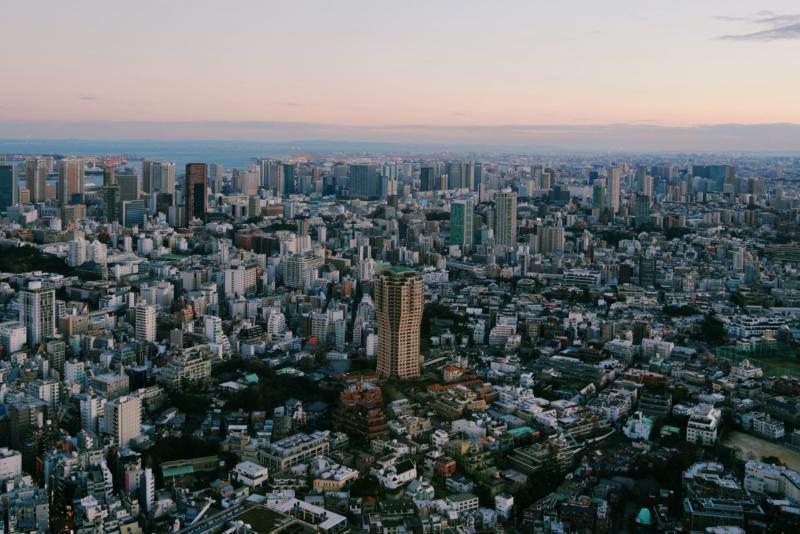
A big building project in the middle of the city is a mega-complex with offices, apartments, shops, restaurants, cafes, and movie theaters all set up around several outdoor spaces.
From the Tokyo City View Observation Deck on Roppongi Hills, you can see an amazing view of the cityscapes of Shibuya and Shinjuku while looking out toward Mount Fuji.
Residents of Roppongi Hills say that the best time to visit is in the fall or winter, when the snow-covered peak of Mount Fuji is at its most beautiful.
You’ll need to buy a ticket to get into the indoor Tokyo City View Observation Deck (starting at 1,800) and a second ticket to get into the outdoor Sky Deck (500) if you want to walk around outside and take photos without glass in the way.
3. Haneda Airport International Passenger Terminal
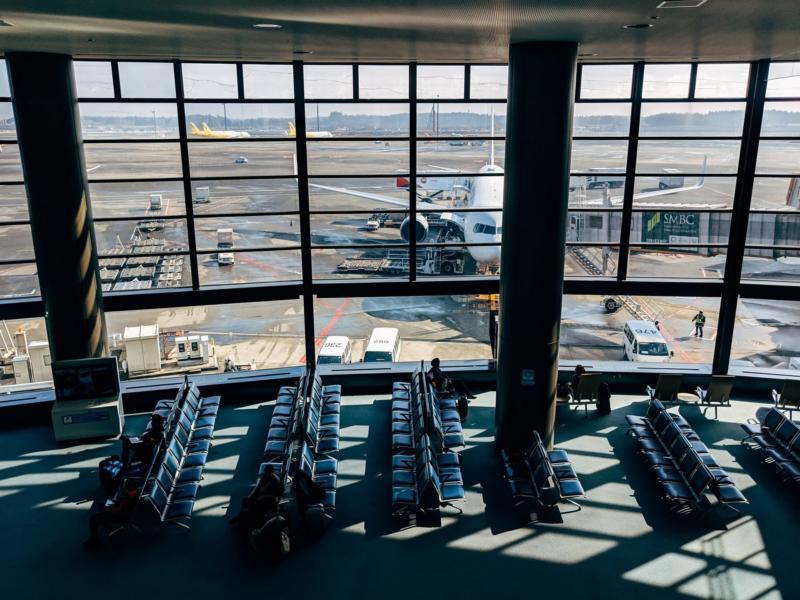
You might be surprised to learn that the International Passenger Terminal at Haneda Airport is one of the best places to see Mount Fuji from Tokyo.
On the fifth floor, a short walk from the check-in desks, is an observation deck. You will not only be able to see planes landing every few minutes, but you will also be able to see the outline of Mount Fuji in the distance.
People say that the view is at its best in the late evening, when the sparkling skylines of Yokohama add a new dimension to the scene in front of you.
If your flight happens to land at this time, or if you have a couple of hours to kill at the airport on your way home, try to go to the observation deck at Terminal 2 to enjoy the views of Mount Fuji.
4. The Observatory at Tokyo Tower
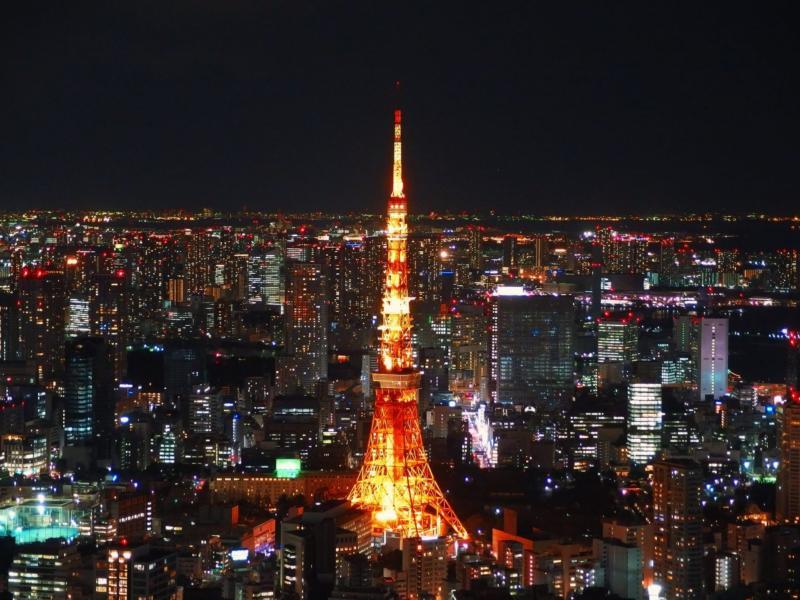
On a sunny day, if you go to the Observatory at Tokyo Tower, you’ll probably be able to see the top of Mount Fuji peeking out from behind all the tall buildings. The famous observation tower is in the Shiba-koen neighborhood of Minato.
It has two main viewing platforms, one at 150 meters and the other at 250 meters. If you go there to see Mount Fuji, you should go to the top deck and pick a good time to go based on the weather. If you want to see the island of Honshu, you should try to avoid cloudy days.
The Akabanebashi and Onarimon metro stations make it easy for tourists to get to the Tokyo Tower every day. Tickets start at 1,200 for the lower deck and 3,000 for the upper deck.
If you book online and in advance, you can save a little money. The best time to go is in the early evening, when the tower is lit up in a beautiful array of colors and you can grab a quick meal at one of the many restaurants at the base of the tower.
5. The Tokyo Metropolitan Government Office Observation Deck
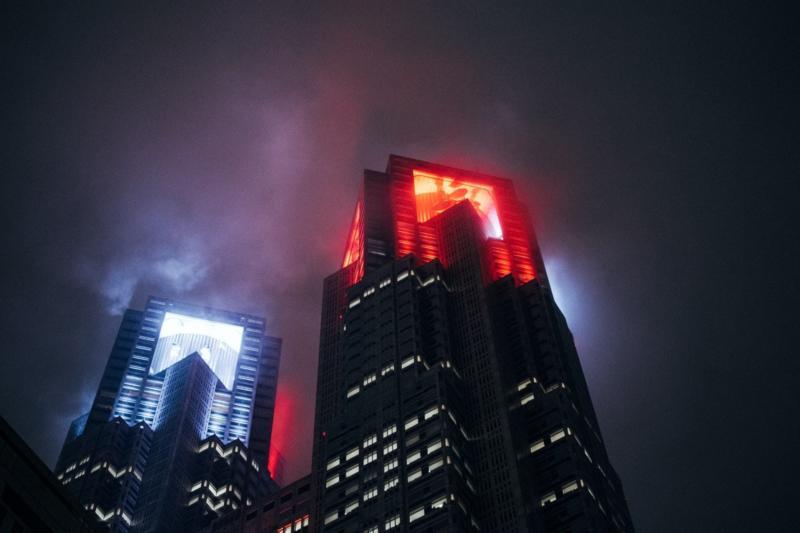
Even though the building has a very formal name, the Tokyo Metropolitan Government Office is one of the best free places to see Mount Fuji. On the 45th floor, there is an observation deck with a great view of the volcano.
At the top, there is a cute little coffee shop with very reasonable prices. When you need a break from sightseeing in Shinjuku, why not stop by the Tokyo Metropolitan Government Office and sip a hot cup of coffee while looking out over the city?
On a clear day, you can see the mountain from the South Tower, which has beautiful views in every direction. You will have to go through a quick security check, but the lines move quickly, and the staff keeps a close eye on the fast lifts to make sure they don’t get too crowded.
If you can, plan your trip for early evening to avoid the school groups and have more time to look around the observation deck.
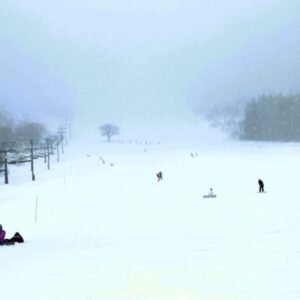
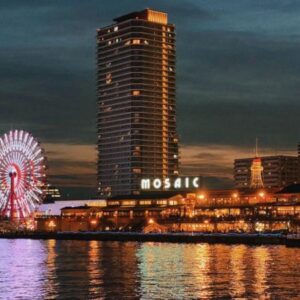
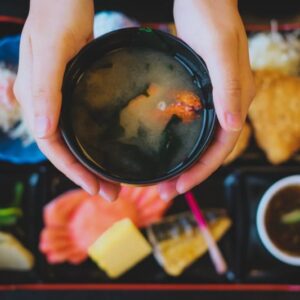
Leave a Reply